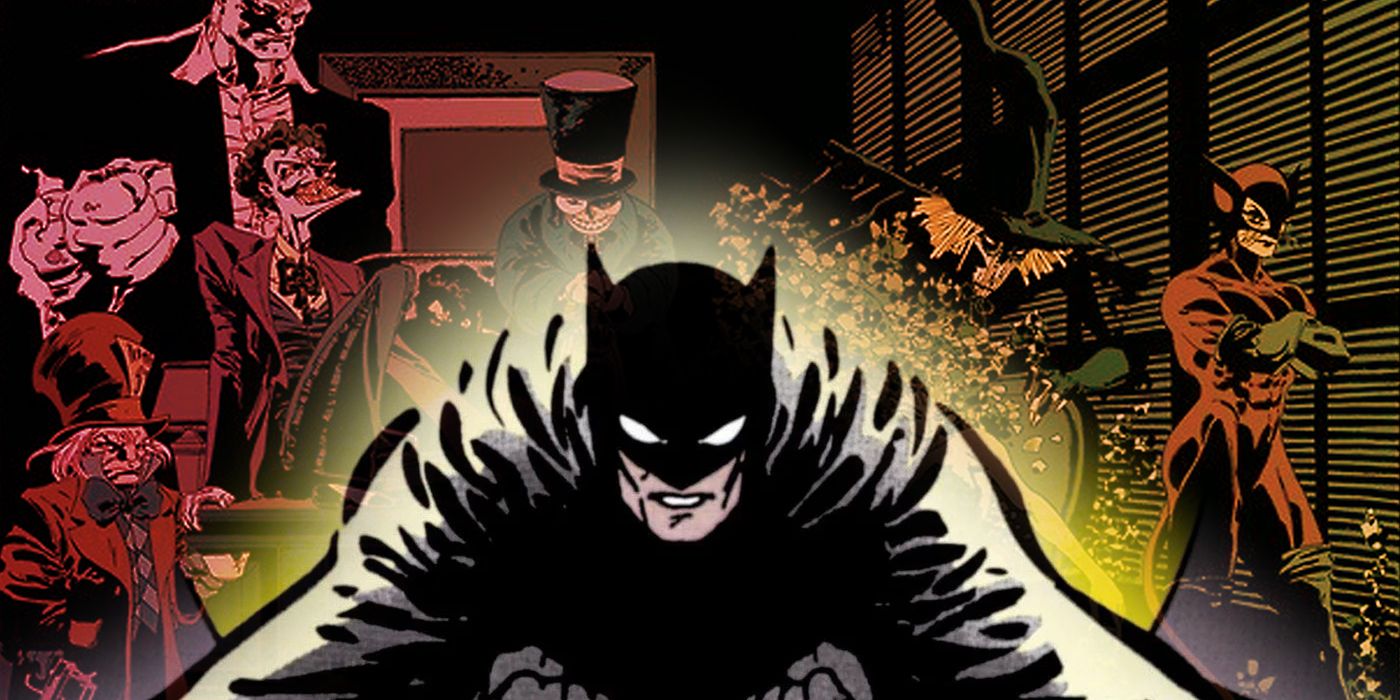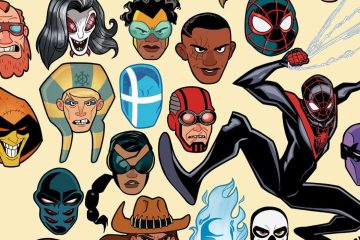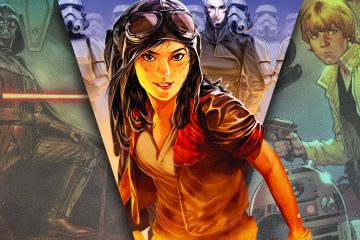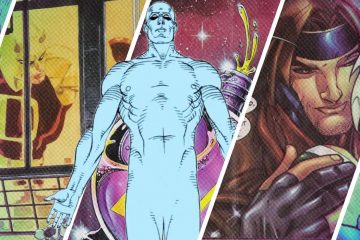Since the DC Comics character’s creation over 80 years ago, Batman has generally defined himself by his battles against the organized crime element of Gotham City — and beyond. Even the original version of the character in the late ’30s and the ’40s embodied this in its own way, but the early ’70s laid the groundwork for the iteration most fans know today.The following decade saw Batman’s origins rebooted, which resulted in the rookie vigilante going after the mafia that had sunk its claws in Gotham City for decades. But with the rise of the hero’s more vibrant rogues gallery, the power dynamics of villainy changed. Even so, that didn’t mean organized crime ever left, rather, it adapted into something more fantastical — from the vengeful Two-Face to deep-rooted conspiracies like the Court of Owls.However, the beloved writer’s transformative work with the character mainly built the foundation that the “Modern Age” Batman and his gritty organized-crime-themed world would generally look like onward. Following writer Marv Wolfman and artist George Pérez’s multiversal reboot Crisis on Infinite Earths (1985 – 1986) that forced heroes and villains from parallel realities to collide, Batman’s origins were rebooted for the Year One story arc (1987). An excellent starting point for new Batman readers even today, veteran industry creatives Frank Miller and David Mazzucchelli’s origin story gave the Dark Knight an enticing neo-noir story and world to operate in. Likewise, it set a precedent for organized crime — and the systemic corruption it spawns — being both Batman and Gotham City’s fundamental enemies.
Since the DC Comics character’s creation over 80 years ago, Batman has generally defined himself by his battles against the organized crime element of Gotham City — and beyond. Even the original version of the character in the late ’30s and the ’40s embodied this in its own way, but the early ’70s laid the groundwork for the iteration most fans know today.
The following decade saw Batman’s origins rebooted, which resulted in the rookie vigilante going after the mafia that had sunk its claws in Gotham City for decades. But with the rise of the hero’s more vibrant rogues gallery, the power dynamics of villainy changed. Even so, that didn’t mean organized crime ever left, rather, it adapted into something more fantastical — from the vengeful Two-Face to deep-rooted conspiracies like the Court of Owls.
However, the beloved writer’s transformative work with the character mainly built the foundation that the “Modern Age” Batman and his gritty organized-crime-themed world would generally look like onward. Following writer Marv Wolfman and artist George Pérez’s multiversal reboot Crisis on Infinite Earths (1985 – 1986) that forced heroes and villains from parallel realities to collide, Batman’s origins were rebooted for the Year One story arc (1987). An excellent starting point for new Batman readers even today, veteran industry creatives Frank Miller and David Mazzucchelli’s origin story gave the Dark Knight an enticing neo-noir story and world to operate in. Likewise, it set a precedent for organized crime — and the systemic corruption it spawns — being both Batman and Gotham City’s fundamental enemies.
#Organized #Crime #Evolved #Batmans #World
Note:- (Not all news on the site expresses the point of view of the site, but we transmit this news automatically and translate it through programmatic technology on the site and not from a human editor. The content is auto-generated from a syndicated feed.))



